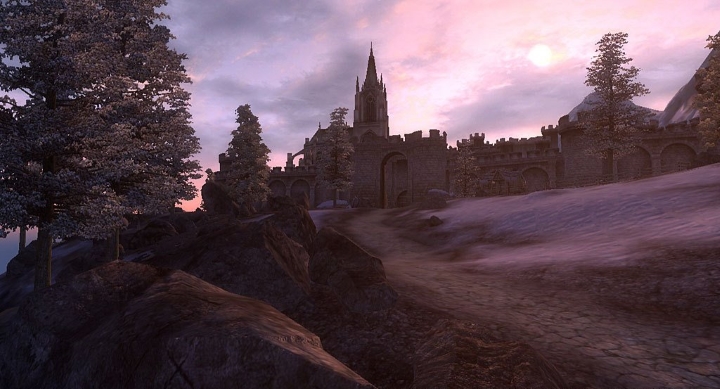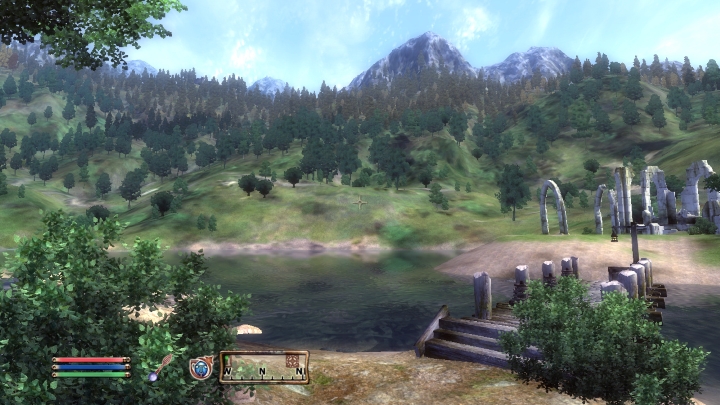Back in 2006, American video game company Bethesda released The Elder Scrolls IV: Oblivion, a game that would become one of the defining titles of the Xbox 360 and PS3 generation. And even though RPGs with open-world gameplay had been around since the time of Richard Garriot’s Ultima VII, few gamers could anticipate what a tasty morsel Oblivion, which is now a decade old, would turn out to be.
And it was clear right off the bat, upon loading the game and hearing Jeremy Soule’s epic opening fanfare music, that this was a game of high adventure and exploration, set in a traditional European medieval fantasy setting. Once players got through the game’s opening dungeon after discovering that they were the Emperor’s chosen one (and a hero out to stop an ancient evil), a world of possibilities opened up. Because simply exploring Oblivion’s world was a joy in itself, with its rolling hills, green meadows and picturesque and lovely towns like Skingrad.
Then there were the countless quests players could embark on, most completely unrelated to the game’s main quest. From helping a town whose residents had turned invisible to aiding a ragtag group of vampire hunters on a mission to kill one of those creatures of the night, Oblivion’s side quests were both varied and featured a surprise or two.
Even if the main quest was a bit bland and generic though, featuring too much questing and closing of portals from another dimension, both games side quests and faction quests more than made up for it. The questline for the guild of assassins known as the Dark Brotherhood in particular was superb, featuring plenty of dark humour, and had players eliminating targets all over the game’s province of Cyrodiil, often in hilarious ways.
And while most games place restrictions on how players can create their characters, Oblivion took Bethesda’s “be whoever you want and do whatever you want” motto to new heights. Players had a variety of classes to choose from, and could play as a combat archer or stealth assassin for instance, and also customize their character’s appearance to their heart’s content, choosing to play as one of the game’s fantasy races like the feline Khajiit or the reptile-like Argonians.
It is clear then, that Oblivion’s breadth, depth and sense of freedom was unmatched back in 2006, and the game is no doubt one of the best games of the 2000s, and a modern classic. And as is typical with Bethesda’s games, Oblivion was open to user mods and plenty were released over the years, including the complete overhaul mod Nehrim, which even offered a completely new setting, storyline and quests.
And even if the game does look rather dated these days (but can be prettied up with a few mods on PC), it is still worth taking out for a spin. Oblivion no doubt was the beginning of the open-world fantasy RPG era, and its success created a market for games like the superb The Witcher 3: Wild Hunt, while Bethesda’s own follow-up to Oblivion, The Elder Scrolls V: Skyrim, is no doubt one of the best RPGs made to date and a worthy successor to the video game classic Oblivion is.


